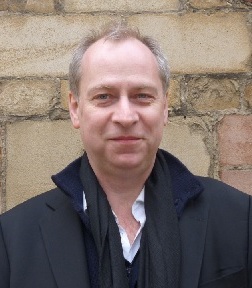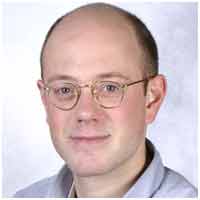 Champa là vương quốc có nền văn tự lâu đời. Bia Võ Cạnh (Nha Trang) viết bằng chữ Chăm cổ vào thế kỷ thứ II là thí dụ điển hình. Bên cạnh những văn bản khắc trên văn bia, những tác phẩm văn học bằng Akhar Thrah truyền thống, vương quốc Champa còn để lại cho hậu thế một kho tàng tư liệu hoàng gia được phát hiện vào năm 1902 hiện đang lưu trử tại thư viện của Société Asiatique de Paris.
Champa là vương quốc có nền văn tự lâu đời. Bia Võ Cạnh (Nha Trang) viết bằng chữ Chăm cổ vào thế kỷ thứ II là thí dụ điển hình. Bên cạnh những văn bản khắc trên văn bia, những tác phẩm văn học bằng Akhar Thrah truyền thống, vương quốc Champa còn để lại cho hậu thế một kho tàng tư liệu hoàng gia được phát hiện vào năm 1902 hiện đang lưu trử tại thư viện của Société Asiatique de Paris.
Tài liệu hoàng gia Champa tập trung 5227 trang trong đó có 4402 trang viết bằng Akhar Thrah Chăm và 825 trang bằng tiếng Hán và Nôm mà Ts. Po Dharma đang nghiên cứu và chuyển ngữ sang tiếng La Tinh từ mấy năm qua. Đây là tư liệu chính thức của vương quốc Champa dưới thời đô hộ của nhà Nguyễn kể kể từ năm 1692, được chứng thực bởi 405 ấn triện khắc bằng chữ Hán do nhà Nguyễn ban cho và 2 ấn triện bằng Akhar Rik. Continue reading






